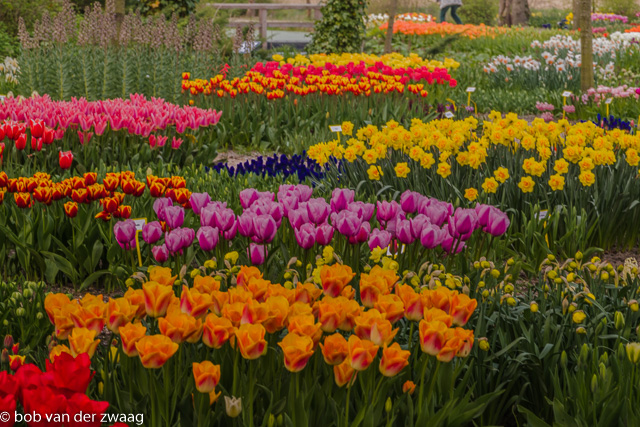Did you know that every spring, the Netherlands sends 20,000 tulip bulbs to Canada?
This special tradition is a gesture of gratitude and symbolizes the strong bond between the two countries. Its origin lies in World War II and holds both historical and symbolic meaning.
The historical background of the tulip gift
-
Liberation of the Netherlands by Canada in 1945
At the end of World War II, Canadian troops played a crucial role in liberating the Netherlands from German occupation. Many cities and towns, especially in the western part of the country, were freed by Canadian forces. The Dutch people were deeply grateful to the Canadians. -
Hospitality for the Dutch royal family
During the war, the Dutch royal family lived in exile in Canada. Princess Juliana, the future queen, stayed in Ottawa, where her daughter, Princess Margriet, was born in 1943. To ensure that Margriet would have full Dutch citizenship, a room in the hospital was temporarily declared extraterritorial.
The beginning of the tulip tradition
After the war, Princess Juliana donated 100,000 tulip bulbs to Canada as a token of gratitude. The Netherlands also pledged to send tulip bulbs to Canada every year as a symbol of friendship, freedom, and appreciation.
The Canadian Tulip Festival in Ottawa
To this day, the tradition continues. Each year, the Netherlands sends 20,000 tulip bulbs to Canada, with a large portion planted in Ottawa, the capital city. There, the well-known Canadian Tulip Festival is held annually, attracting thousands of visitors and celebrating the strong bond between the Netherlands and Canada.
The photo accompanying this article was created by Bob van der Zwaag via flickr.com.
